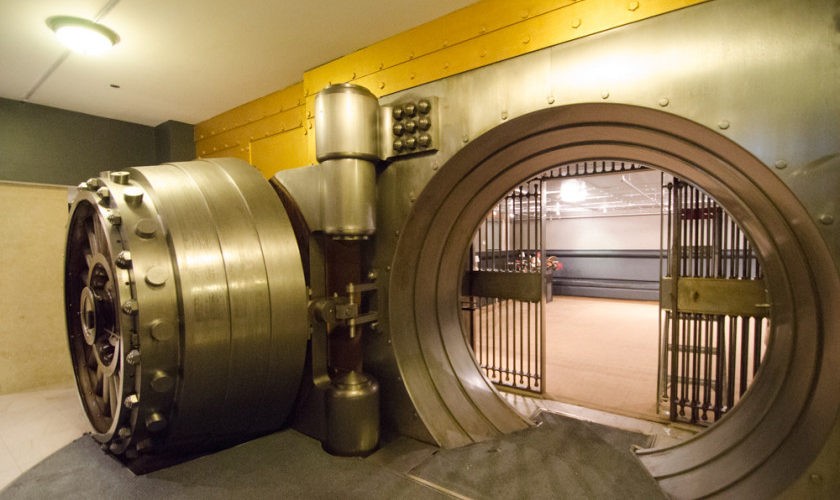Understanding how banks look at your loan application

I spend a lot of time helping businesses find capital to expand, or just working capital to help them deal with cash flow issues. Here’s a quick guide I sent out to a client to explain how the banks would look at her loan application and how much she could expect to borrow.
It’s all about your profit
If you’re looking for a loan for working capital, a bank will look at profit, not turnover. Their process is this:
- How much profit is generated on average each month? Add this to how much the directors are taking out of the business (not salaries)
- Then add this to the depreciation in the accounts (depreciation is an accounting thing, and represents cash which was spent long ago)
- The total is how much you’ve got to pay back a loan and pay the interest.
- How long is the loan for? Three years would be a normal amount for a loan, but you can go up to seven years without it looking weird.
- Can they pay it back?
- What borrowing do they already have, eg, overdrafts and credit cards, including owners personal credit cards?
- Do the owners have personal assets which could be sold if they default on the loan?
- What are the assets of the company, from the balance sheet?
- Are there any negatives on the company and the owner’s credit records, eg, previous bankruptcy, IVAs, defaults?
Startups are different
Want some help with this?
If your business is looking for funding to expand, or you’ve got a profitable business but you’re having trouble with cash flow, this is an area that I advise people about all the time.
Book a decision-making session with me and I’ll help you get all your paperwork in order for the bank. I’ll also give you some advice and introductions on how to approach them. I may also have some ideas about alternative options to the bank, such as government loan schemes, peer-to-peer lending and crowdfunding.
Here’s how to get yourself 2 hours of Julia time, and save yourself a lot of worry and trouble.


